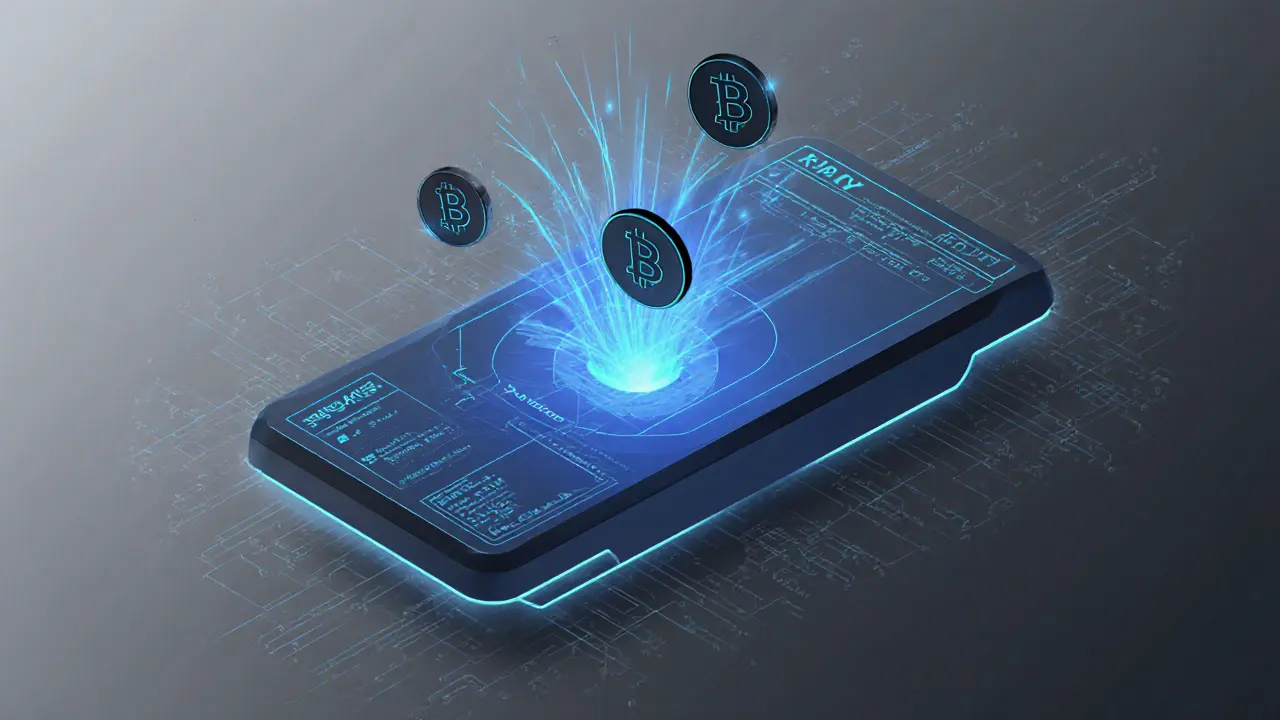Crypto Liquidity Mining: How It Works and Why It Matters
When you hear crypto liquidity mining, the process of earning rewards by supplying cryptocurrency to trading pools on decentralized exchanges. Also known as yield farming, it’s how everyday users help keep DeFi markets running—and get paid for it. Think of it like renting out your car for rideshare apps, but instead of a car, you’re lending crypto. Without people doing this, platforms like Uniswap or SushiSwap couldn’t match buyers and sellers fast enough. The more liquidity you add, the more you earn—but it’s not free money. There are risks, and not all projects are safe.
This system relies on DeFi, a financial system built on blockchain that removes banks and middlemen. It’s powered by smart contracts that automatically distribute rewards in tokens, often from the platform itself. You might deposit ETH and USDT into a pool, and in return, you get LP tokens that track your share. Those tokens earn you fees from every trade made in that pool, plus sometimes bonus tokens from the project. But here’s the catch: if the price of your deposited coins swings wildly, you could lose value even if you earn rewards. That’s called impermanent loss, and it’s real. Not every DeFi project is well-built either. Some are scams, others have weak security or no real users. You need to know what you’re getting into.
crypto exchanges, platforms where people buy, sell, and trade digital assets are the backbone of this whole setup. Centralized ones like Binance or Coinbase don’t use liquidity mining—they make money from fees. But decentralized exchanges live and die by their liquidity pools. That’s why they pay you to join. Some of the posts below show how people use P2P platforms to trade crypto in places where banks won’t let them, or how small tokens with no real use still get listed and traded. You’ll see reviews of exchanges that claim to be fast or gas-free, and others that turn out to be risky or fake. What ties them all together? Liquidity. Whether it’s a meme coin with no team or a serious infrastructure token, someone had to put up the funds to make trading possible. That’s where liquidity mining comes in.
What you’ll find below isn’t just theory. It’s real stories—from people who got burned on low-liquidity tokens, to those who found smart ways to earn without getting trapped. Some posts warn about scams pretending to offer high returns. Others explain how tools like ZKSwap or TokenSets let you trade without paying gas fees or managing complex strategies. You’ll see how projects like Chainbase or Kava Swap rely on liquidity to function, and how airdrops like SPIN or CGPT tried to attract early providers. Whether you’re new or experienced, understanding liquidity mining helps you spot the good opportunities—and avoid the traps.
Blackhole Crypto Exchange Review: Is This Avalanche's Biggest DEX Worth Using?
Blackhole DEX is Avalanche's largest decentralized exchange with high yields but steep complexity. Learn how it works, its risks, and whether it's worth using in 2025.
VIEW MORE
